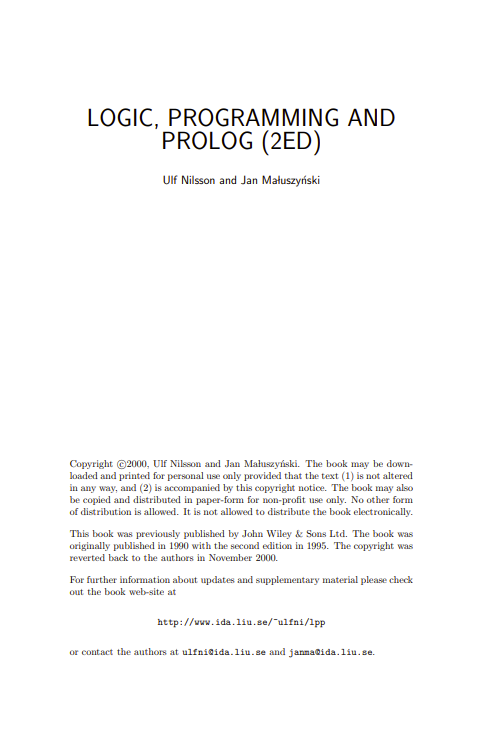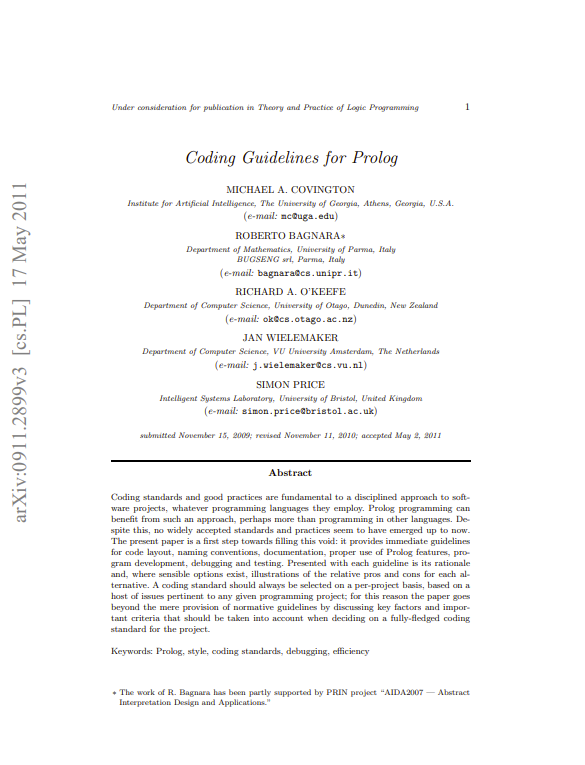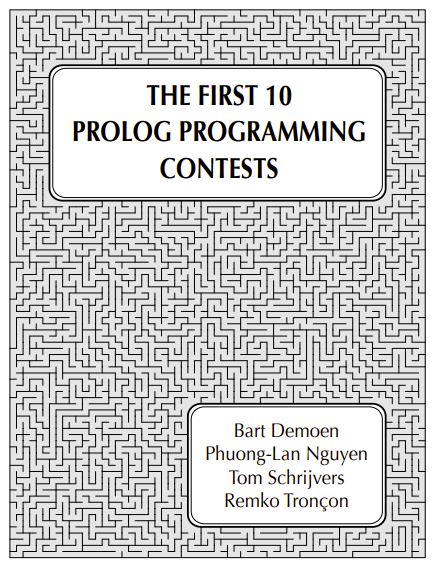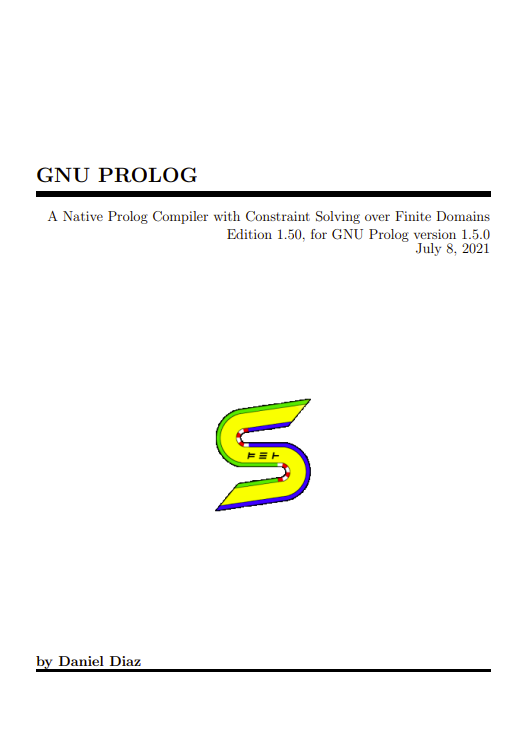Since the first edition of this book the field of logic programming has developed and matured in many respects. This has been reflected by the large number of textbooks that appeared in that period. These books usually fall into one of the following three categories:
- books that provide a theoretical basis for logic programming;
- books that describe how to write programs in Prolog (sometimes even in particular Prolog systems);
- books that describe alternative logic programming languages like constraint logic programming, deductive databases, or concurrent logic programming.
Objectives
The main objective of both editions of this textbook is to provide a uniform account of both the foundations of logic programming and simple programming techniques in the programming language Prolog. The discussion of the foundations also facilitates a systematic survey of variants of the logic programming scheme, like constraint logic programming, deductive databases, or concurrent logic programming. This book is not primarily intended to be a theoretical handbook on logic programming. Nor is it intended to be a book on advanced Prolog programming or on constraint logic programming. For each of these topics, there are more suitable books around. Because of the diversity of the field, there is of course a risk that nothing substantial is said about anything. We have tried to compensate for this risk by limiting our attention to (what we think are) the most important areas of logic programming and by providing the interested reader with pointers containing suggestions for further reading. As a consequence of this:
- the theoretical presentation is limited to well-established results and many of the most elaborate theorems are stated only with hints or pointers to their proofs;
- most of the program examples are small programs whose prime aim is to illustrate the principal use of logic programming and to inspire the reader to apply similar techniques when writing “real” logic programs.
The objectives of the book have not changed since the first edition, but its content has been revised and updated to reflect the development of the field.






